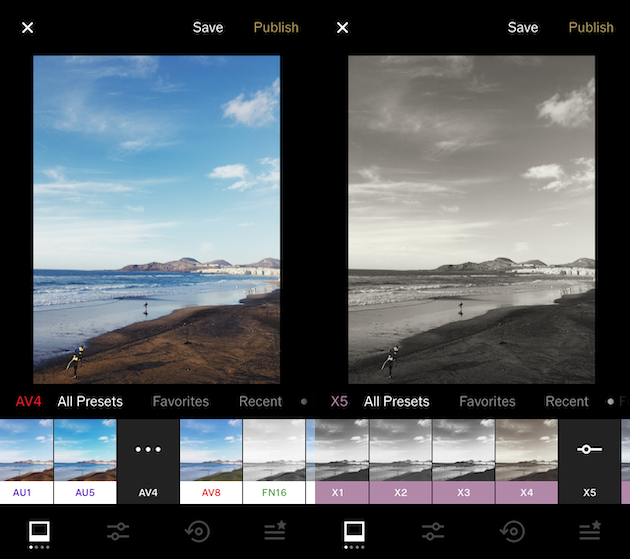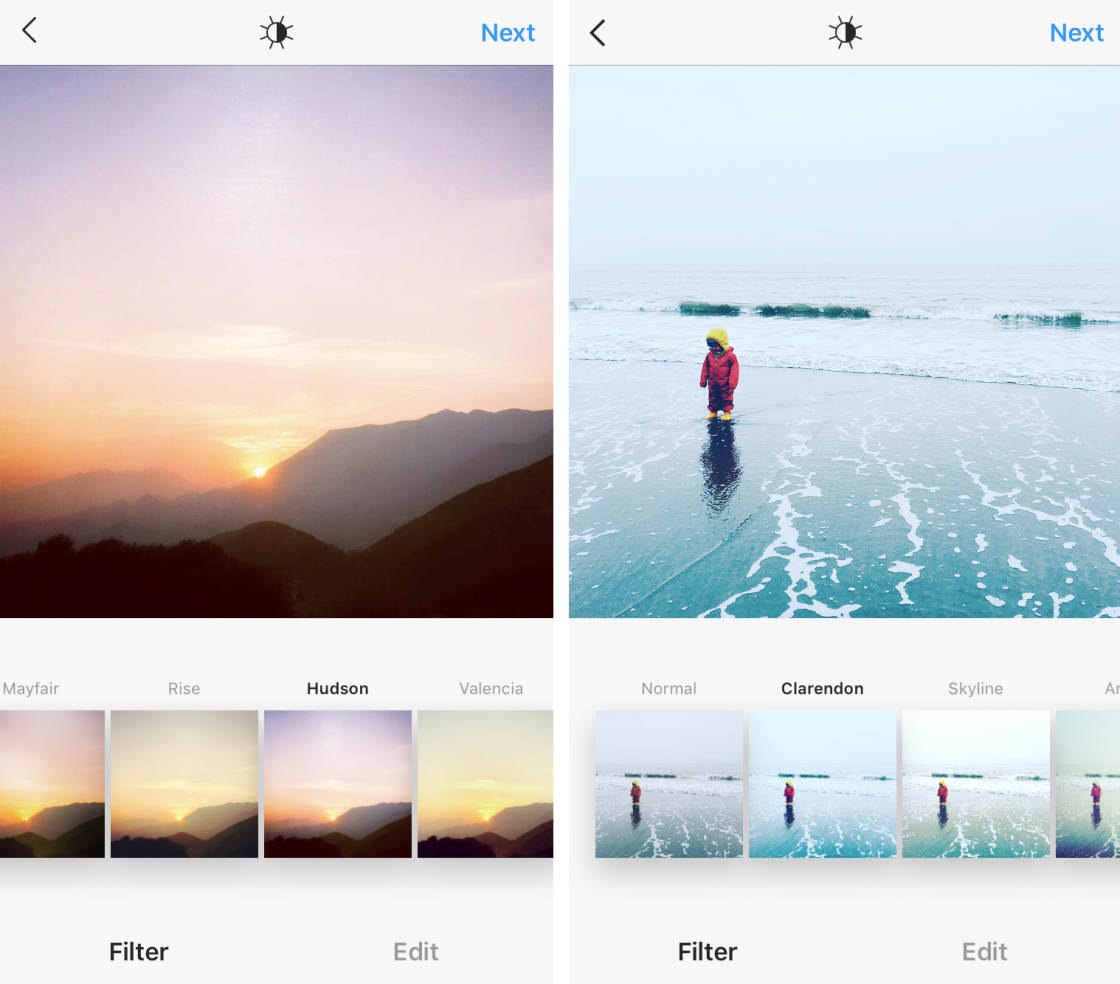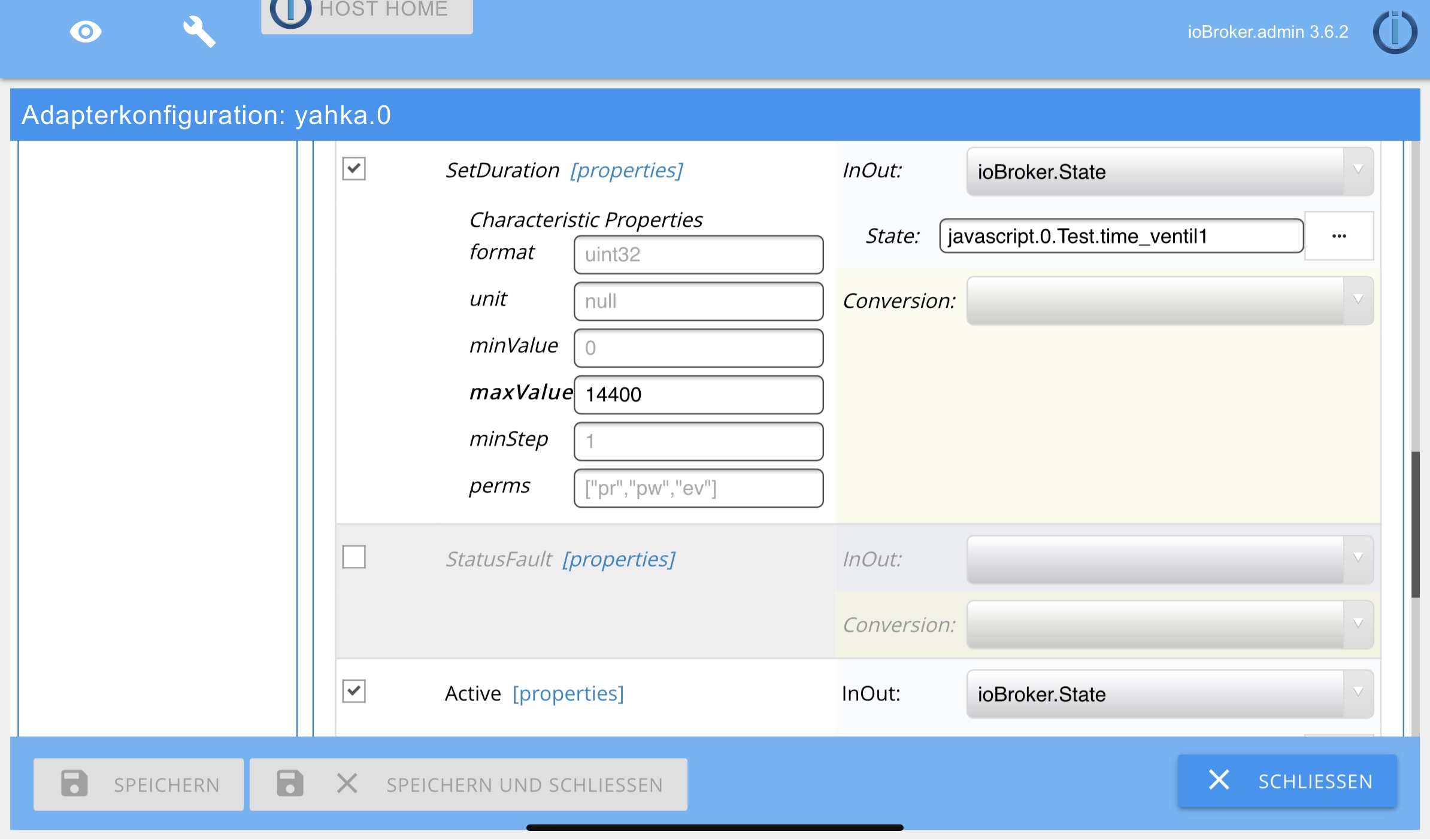

In the destination inbox, the rule trigger that would continue the sequence of rules would be When conversation moved. For example, if you have the Trigger automated rules option checked: The setting is located in the rule's Then section - click the dropdown arrow next to your Move action to show the checkbox for Trigger automated rules if moved to another Workspace. By default, the option to continue running the rules in the destination workspace will be turned on, but you can turn this setting off in each rule where you do not want it to run after it moves to another workspace. You have the option for whether sequential rules continue to run when conversations move from one Workspace to another, or when moving from an individual to a shared inbox. When conversations move across workspaces

This will create a conversation tagged action, which allows for Rule #2 to be triggered. Here's an example sequence:īecause Rule #1 is processed first, the Company tag will be added. With Front's rule engine, an action of a rule can be used to trigger a subsequent rule, so you can build a sequence of rules to rule one after another. Rules triggering other rules Sequential rules Since company rules always execute first, they cannot be triggered by shared rules. Type in the desired position of the rule, or use the arrows to the right of each rule, to adjust rules up or down the list.Ĭompany rules will always have priority over individual or shared rules and behave as if they were ordered before all other rules.

Delayed rules are special, in the sense that they will only be processed if the conditions are met at the designated time. This means that the one ordered higher will have its actions take precedence, and the lower rule may only apply some of its actions so as not to conflict with the other. You are able to order your rules if you want certain ones to take priority over others. You have the option to check off Stop processing other rules to prevent the actions of the rule to trigger other rules.
#FRONT APP UNREPLIED FILTER HOW TO#
More on how to use and/or statements in your filters can be found in this article.Īctions specify the actions that will result when the rule is processed successfully (when all filters are met). Triggers can be done manually by a teammate or via Front's API.įilter conditions are the criteria that determine whether a rule will be actioned on. Triggers specify the types of events that will cause Front to start evaluating the conditions of your rule and see if they are met.
#FRONT APP UNREPLIED FILTER FULL#
See here for a full Guide to rule conditions. Rules are made up of three types of conditions: triggers, filters, and actions. SLA rules are a type of shared rule, and need to set up by a Company Admin or Workspace Admin in Front. Your individual rules can be accessed from the Rules section in your Personal settings tab.Ĭompany rules can apply to all individual and/or shared inboxes and can only be created by Company Admins, by clicking Rules under the Company section of the Company settings tab. Individual rules will apply to your individual inbox (but not internal discussions). Shared rules can be accessed from the Company settings tab by clicking Rules under the workspace name. Shared rules are applied to any shared inbox and can only be created by Workspace Admins or Company Admins. There are four kinds of rules: shared rules, individual rules, SLA rules and company rules. Please see the pricing section of this article for more information.

Rules features vary based on your Front plan. Or, utilize our Rules Library to browse and automatically create rules for your team. After reading, check out our guide to rule conditions and try to create a rule. This article will help you understand how rules work. Rules can help you handle repetitive tasks to save time and increase your team's efficiency in Front. Front's rules engine allows you to automate your workflows.


 0 kommentar(er)
0 kommentar(er)
